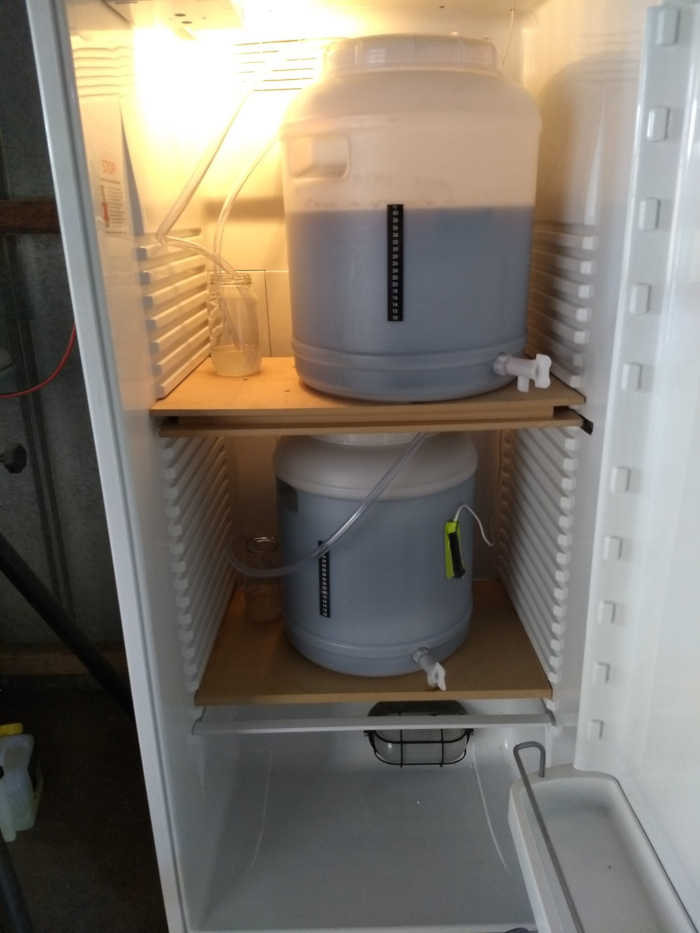devoutharpist
Well-Known Member
Did a search, couldn't find any thread with a collection of peoples' fermentation chambers. Happy to be corrected and send this thread into the void.
I am keen to see what people have for fermenting and temperature control. I had a secondhand fridge for a couple of years, but that one just crapped out. So it's time to get a new one and i would love to see what everyone else is doing. Also keen to see if there is an option i haven't come across yet.
Anyway, here is mine before it died (barleywine up top, milk stout down bottom)...

I am keen to see what people have for fermenting and temperature control. I had a secondhand fridge for a couple of years, but that one just crapped out. So it's time to get a new one and i would love to see what everyone else is doing. Also keen to see if there is an option i haven't come across yet.
Anyway, here is mine before it died (barleywine up top, milk stout down bottom)...















